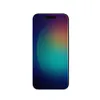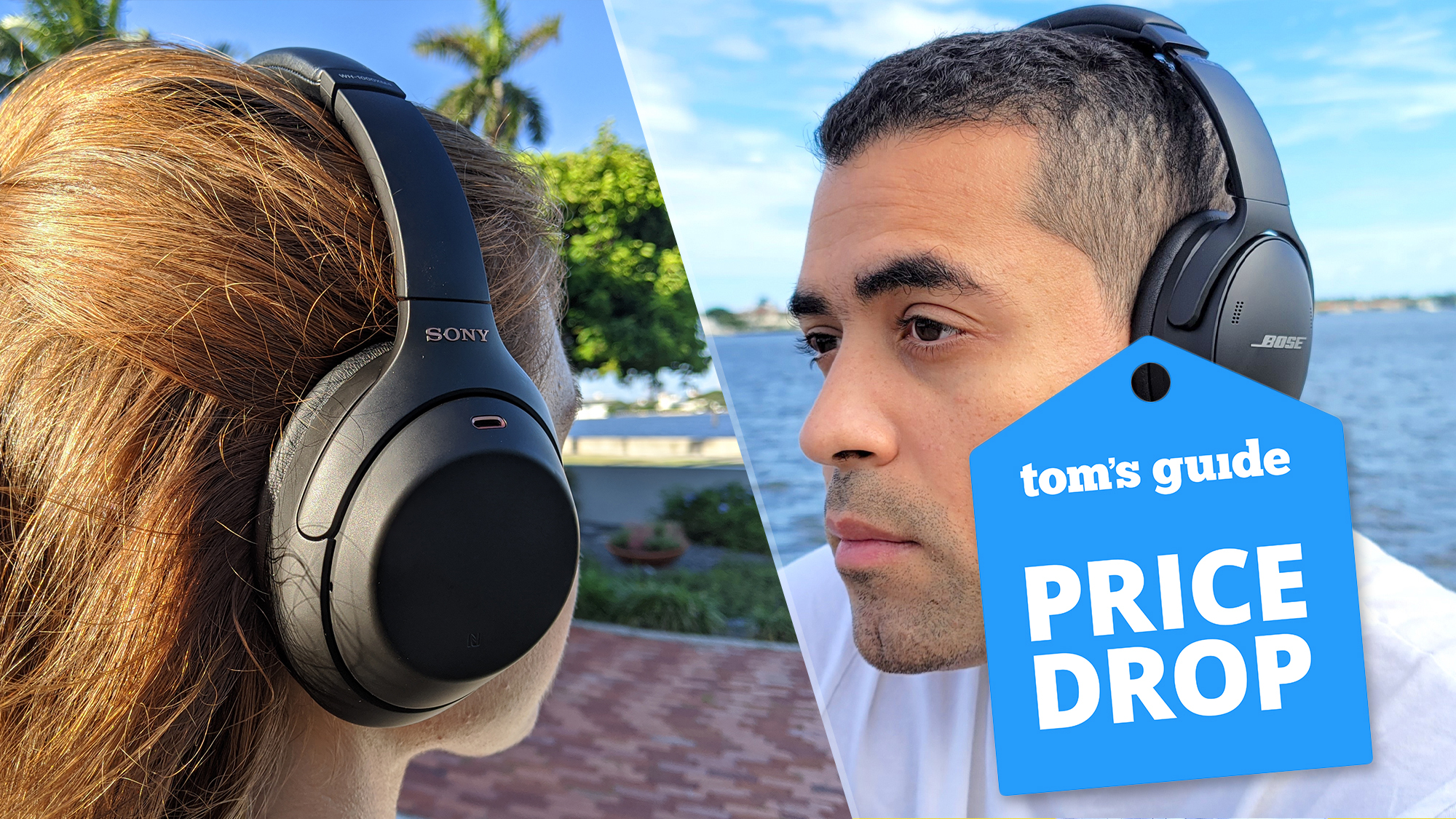This is how the iPhone 16 can catch up to the Samsung Galaxy S24
The standard iPhone can't be overshadowed by the Pro models again
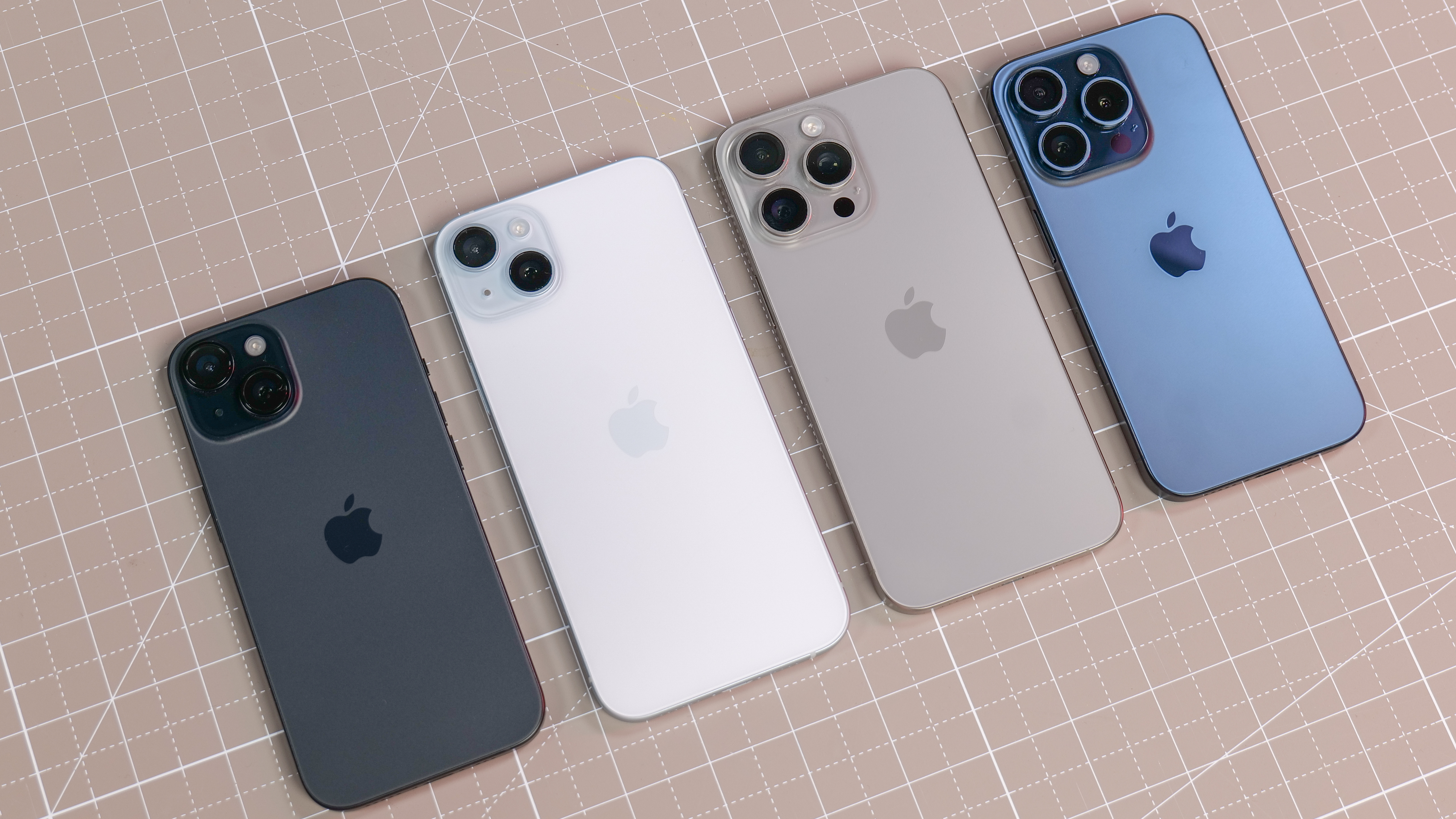
We saw more signs this week that the iPhone 16 Pro will be the star of the show when Apple's new phones make their debut later this year. That's great news if you don't mind spending top dollar for your handset, but somewhat worrying if you're hoping the iPhone 16 doesn't get treated as an afterthought.
Already, rumors have suggested both the iPhone 16 Pro and iPhone 16 Pro Max are going to get larger screens, and now a new iPhone 16 Pro specs leak is expanding upon that with a claim that these displays will use Micro Lens Array technology for better brightness and improved viewing angles. That same report indicates the Pro models are getting larger batteries as well.
There's nothing in that specs leak about potential changes to the standard iPhone 16 model, which is the part that has me worried. Because the less we hear about that model, the more likely it is that it shapes up to be a more modest upgrade compared to the flashier improvements ticketed for the Pro models in general and the iPhone 16 Pro Max in particular.
Apple's iPhone Pro obsession
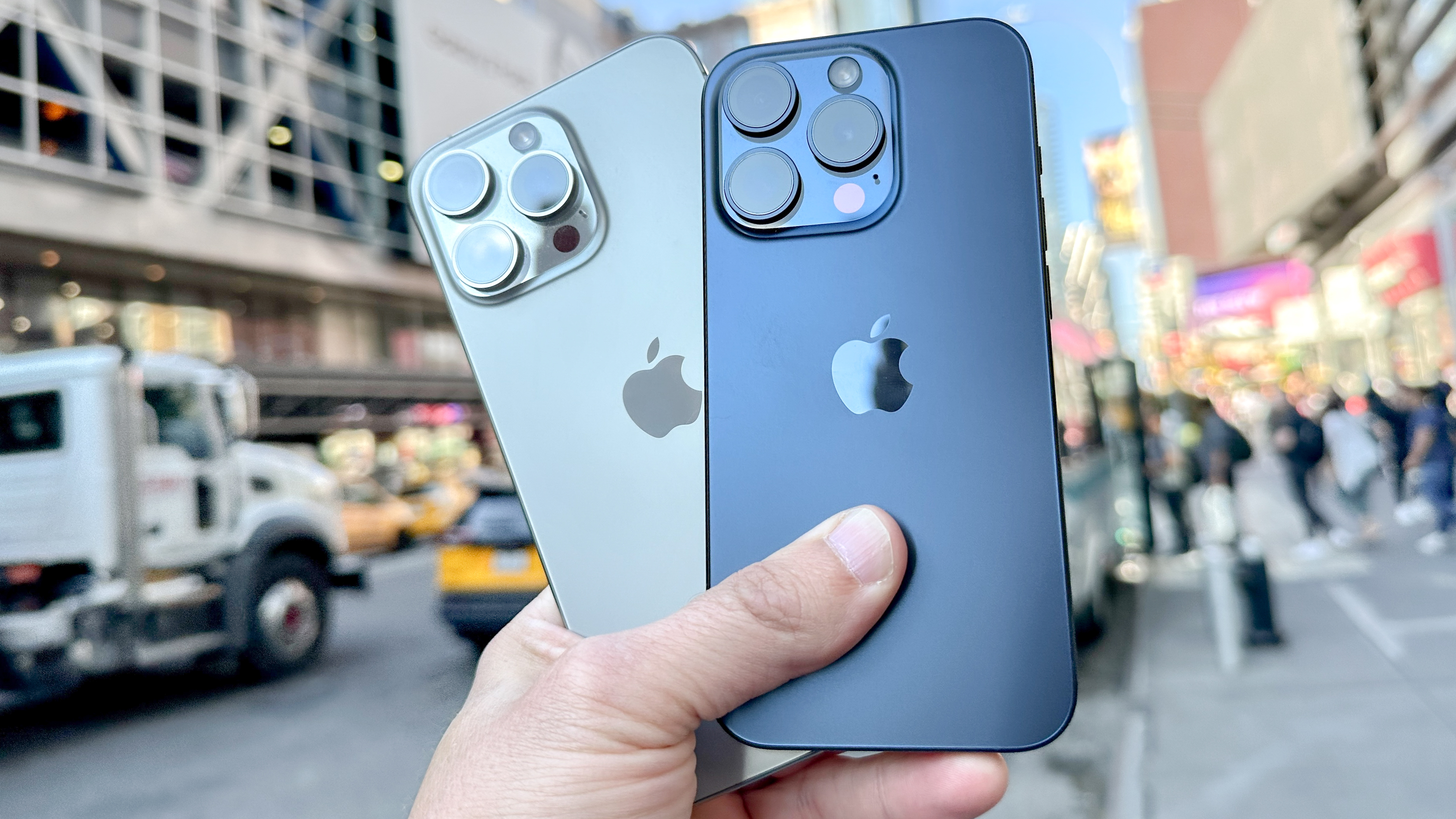
Still, that sort of thing isn't exactly out of character for Apple. For the last couple upgrade cycles, starting with the iPhone 14, it's been the Pro versions that get most of the attention while the standard iPhone and its Plus-sized counterpart receive the most cursory of updates. That was especially true of 2022's iPhone 14 release when the iPhone 14 vs. iPhone 13 differences were minimal at best.
Things improved a little bit with last fall's iPhone 15 release, which saw Apple make some pretty substantial changes to its entry-level phone. The iPhone 15 added a Dynamic Island cutout to replace the front display's notch, upgraded the main camera to a 48MP sensor and benefitted from the performance gains of the A16 Bionic system-on-chip. Of course, all those features were introduced a year earlier to the iPhone 14 Pro models, so it's not like the iPhone 15 entirely shook its reputation as a hand-me down phone.
It's possible things could be different with the iPhone 16. I was encouraged by an early rumor regarding this falls phones which claims that every one would feature new A18 silicon from Apple. If true, the move would end a practice Apple introduced with the iPhone 14 where only the Pro models received new chips while the standard version made do with the previous generation of Apple silicon.
iPhone 16 and AI features
Even with the same chipset, the iPhone 16 is unlikely to find itself on equal footing with its Pro counterparts. A18 rumors suggest the Pros will be favored higher-end versions of the chip — again, a perfectly understandable move on Apple's part but one that has the risk of pushing the regular iPhone 16 off to the sidelines.
Specifically, a report out of Taiwan claims the A18 is going to get an upgraded neural engine with more computing cores — all the better to handle those AI-powered features reportedly coming to the iPhone. On the surface, that's good news, but part of me wonders if Apple will treat this as yet another way to favor its Pro phones over the rest of the iPhone lineup. Put another way — is the A18 powering the iPhone 16 Pro likely to get a beefier neural engine than the chip bound for the regular iPhone? The report's unclear on that point.
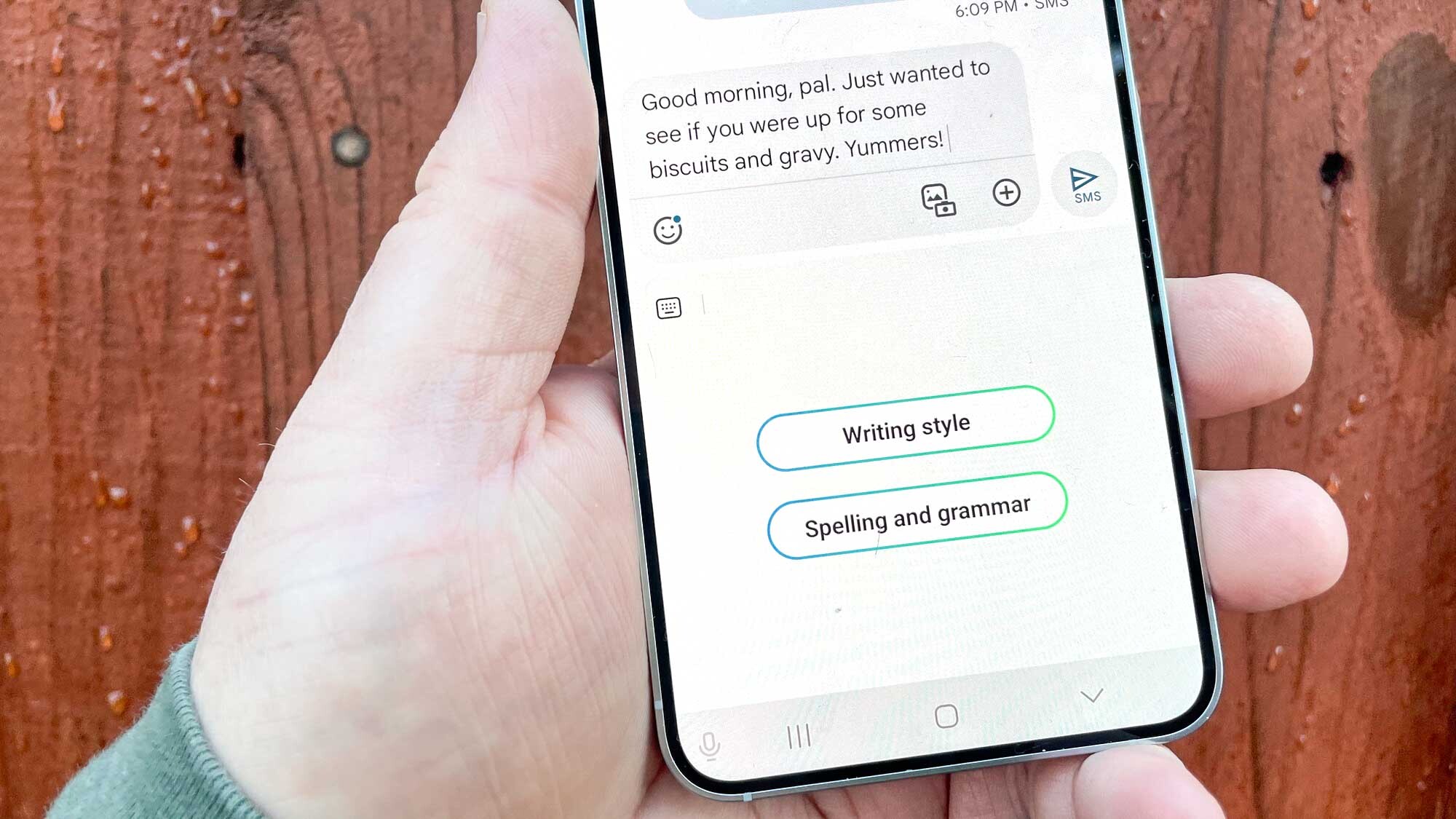
Though Apple fans may blanch at the thought, Samsung provides a pretty good guide here on how to treat its entry-level models in terms of AI features with its recent Galaxy S24 release. All the Galaxy AI features introduced as part of the latest Samsung flagships are available to every model. If you want to use generative editing features on your photos or have AI autoformat your notes, you can pull off those tasks just as easily on the $799 Galaxy S24 as you can on the $1,299 Galaxy S24 Ultra. I hope Apple does likewise when it rolls out its AI features.
But I've followed Apple long enough to know the company's going to keep its own counsel when it comes to positioning products. And from Apple's perspective, putting most if not all of its eggs in the iPhone Pro basket encourages people to pay up if they want the very experience from their phones.
Still, I hope some consideration is given to the entry-level flagships this fall. Not everyone wants to spend $1,000 or more on a new phone. And the people willing to put up $799 deserve a premium experience of their own.
More from Tom's Guide
- iOS 18: Possible release date, new features, supported devices and more
- iPhone 16 is poised to be an AI superphone — 5 rumors you need to know
- iPhone 16 Capture button — everything you need to know
Sign up to get the BEST of Tom's Guide direct to your inbox.
Get instant access to breaking news, the hottest reviews, great deals and helpful tips.
Philip Michaels is a Managing Editor at Tom's Guide. He's been covering personal technology since 1999 and was in the building when Steve Jobs showed off the iPhone for the first time. He's been evaluating smartphones since that first iPhone debuted in 2007, and he's been following phone carriers and smartphone plans since 2015. He has strong opinions about Apple, the Oakland Athletics, old movies and proper butchery techniques. Follow him at @PhilipMichaels.






